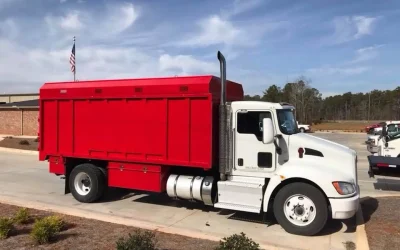For small repairs or small projects when you don’t need large or detailed types of brazing manual joint brazing is often a simple solution. Since brazing doesn’t require the heating of the metals and allows you to use a third metal to joint or more types of metals, it is often much more practical even for individuals without a lot of welding or brazing experienced.
Joint brazing, which may also be called torch brazing, is still used extensively even for large pieces and assemblies in many parts of the world. However, within the United States, Canada and Europe larger parts and large number of parts or assemblies are typically brazed using dip processes that provide fast, uniform and leak proof joints for a fraction of the time and cost.
Why Joint Brazing is Effective
For most types of small jobs or handyman types of projects silver-containing filler metal is the best option for joint brazing. It is low cost, you have to use very small amounts of the filler material, and it produces a solid joint that is durable and along lasting.
People may wonder if hi-temp joint brazing can be as strong as welding, since welding actually melts the two metals you are joining together. However, it is important to keep in mind that this process can actually weaken the metals at the joint, while brazing prevents this as the metals themselves do not go through the heating process to the point of melting.
Flexible and Durable
Since the filler material actually flows into the space between the two metals it is controlled by capillary tension and action between the two. This means that in joint brazing, unlike welding, the filler is drawn deep into the contact area between the two metals. The filler then bonds with both metals, forming a joint that is actually synergistically stronger than any of the metals independently.
The joint itself that is formed in the joint brazing process is uniquely formed to fit into the area of clearance between the two metals. There are no gaps or area where leaks can occur because the material flows into the gap and is not placed in one position as is done through the welding process.



